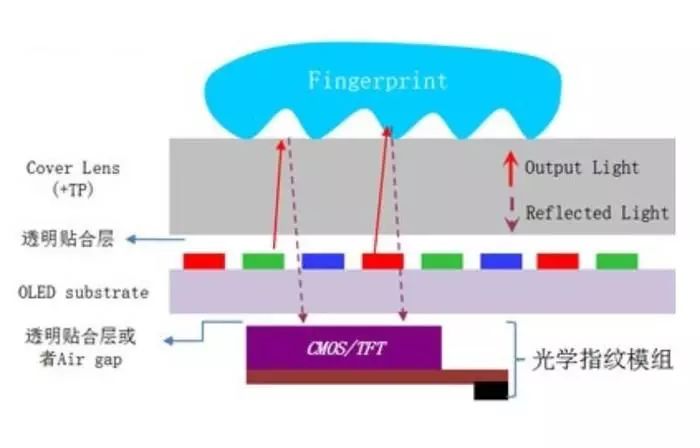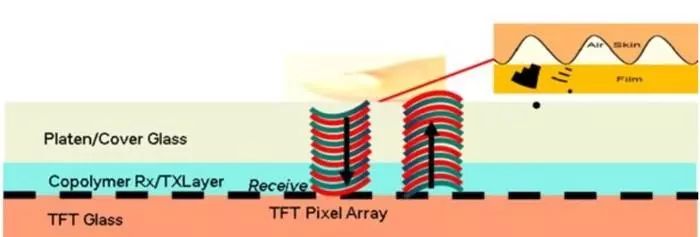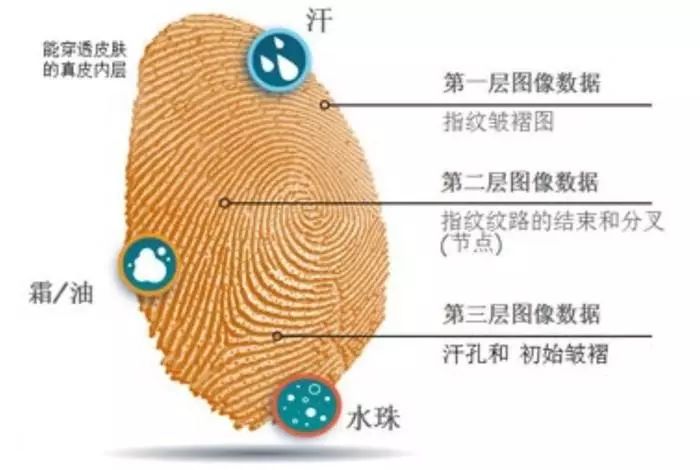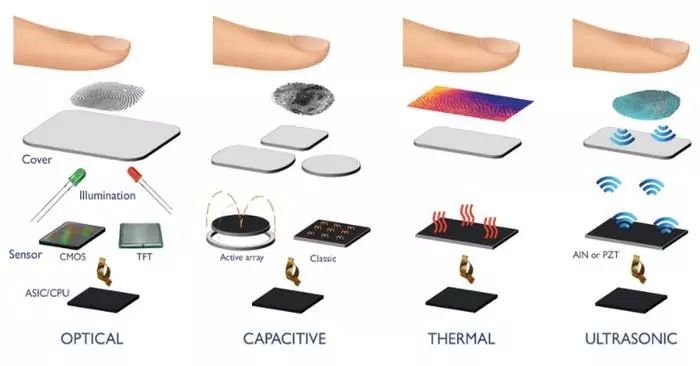If you want to pick out the keywords of the smartphone market in 2018, you must be able to enter the nomination list on the full screen. The reason why the comprehensive screen is important is not only that it has changed the form of the intelligent machine, so that the intelligent machine has obtained a new direction of discovery, towards a higher proportion of screen impact. At the same time, the comprehensive screen also makes the biometric technology in the intelligent machine move towards two directions.
Some manufacturers, such as apple, have chosen 3D recognition technology to construct face model through structured light for recognition. But this kind of technology inevitably involves the problem of Liu Haiping. Vivo and other manufacturers have chosen another route, namely the off screen fingerprint solution. Its advantage is that it can 'hide' and avoid the appearance of Liu Haiping.
However, even if they are called off screen fingerprint recognition, they can be further divided into three types according to the technical principles and implementation methods: optical, ultrasonic and capacitive. The three kinds of off-screen fingerprint identification are different, and their development status is also different at this stage.
Optical fingerprint recognition under screen
Optical fingerprint identification is very common in life. For example, the punch in the daily work uses optical fingerprint identification technology, which mainly relies on light reflection to detect fingerprint loop. The fingerprint under the optical screen of intelligent machine is limited by the volume of intelligent machine, so it can only abandon the original optical system and use the light of mobile phone screen as the light source. At the same time, due to the LCD screen can not self luminous, so the products supporting fingerprint identification under optical screen are all OLED screen.

If you want to pick out the keywords of the smartphone market in 2018, you must be able to enter the nomination list on the full screen. The reason why the comprehensive screen is important is not only that it has changed the form of the intelligent machine, so that the intelligent machine has obtained a new direction of discovery, towards a higher proportion of screen impact. At the same time, the comprehensive screen also makes the biometric technology in the intelligent machine move towards two directions.
Some manufacturers, such as apple, have chosen 3D recognition technology to construct face model through structured light for recognition. But this kind of technology inevitably involves the problem of Liu Haiping. Vivo and other manufacturers have chosen another route, namely the off screen fingerprint solution. Its advantage is that it can 'hide' and avoid the appearance of Liu Haiping.
However, even if they are called off screen fingerprint recognition, they can be further divided into three types according to the technical principles and implementation methods: optical, ultrasonic and capacitive. The three kinds of off-screen fingerprint identification are different, and their development status is also different at this stage.
Optical fingerprint recognition under screen
Optical fingerprint identification is very common in life. For example, the punch in the daily work uses optical fingerprint identification technology, which mainly relies on light reflection to detect fingerprint loop. The fingerprint under the optical screen of intelligent machine is limited by the volume of intelligent machine, so it can only abandon the original optical system and use the light of mobile phone screen as the light source. At the same time, due to the LCD screen can not self luminous, so the products supporting fingerprint identification under optical screen are all OLED screen.

However, there are also many problems to be solved urgently. For example, the imaging quality is low, the technology is not mature enough, and the output is low. At present, ultrasonic fingerprint identification has not been widely used in commercial use, which is due to the above reasons.

Fingerprint recognition under capacitive screen
Capacitive fingerprint identification technology must be familiar to all of us. At present, almost all the commercial fingerprint identification technologies (except the fingerprint under the screen) are using capacitive fingerprint identification technology. It is relatively more mature, but it is difficult to transfer the capacitive fingerprint recognition to the screen. Its weak penetration ability is restricting its development.

At present, a solution is to replace the traditional silicon-based fingerprint identification sensor with a transparent glass based sensor, and embed it directly into the LCD panel, so as to reduce the thickness of the panel to be penetrated and avoid the problem of poor penetration ability. When the finger touches the screen, the fingerprint identification sensor can sense the signal and complete the identification.
Comparatively speaking, the capacitive fingerprint recognition does not need the screen light in the identification process, so it supports LCD screen, and the cost is lower. However, due to the fact that there is a touch layer on the display screen for identification and touch, there may be interference between touch signal and fingerprint identification signal, which needs to be solved.
Development trend of off screen fingerprint identification technology
At present, for a long time in the future, optical fingerprint identification technology will be the absolute overlord in the off screen fingerprint identification market. If we want to achieve overtaking on the curve, on the one hand, we need to solve our own technical problems as soon as possible. On the other hand, the next generation of display technology (such as microled) can also be expected.
However, with the continuous progress in the research and development of off screen camera technology, 3D structured light system is also expected to achieve under screen hiding in the future. At present, the advantage of off screen fingerprint identification technology is that it can avoid the appearance of Liu Hai screen. If 3D structured light technology can achieve 'hiding', it is not known whether intelligent machine manufacturers will prefer 3D structured light or off screen fingerprint identification technology. As for the future development of off-screen fingerprint identification technology, let's give us the answer.